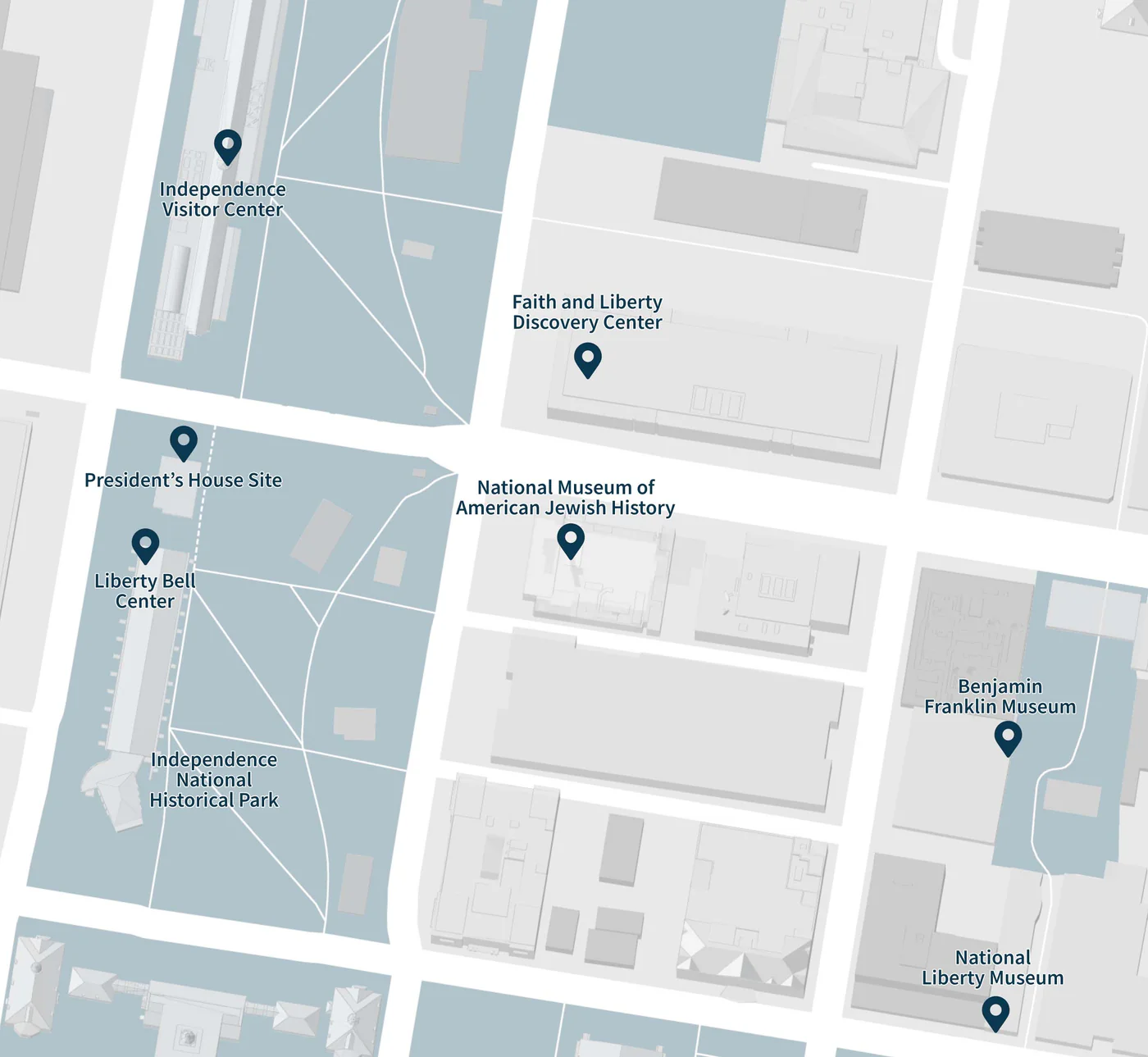New Arrivals
-
New Arrival

Gold Jewish Star and Love Necklace With Sparkling Stones
Original price $70.00 - Original price $70.00Original price$70.00$70.00 - $70.00Current price $70.00Love makes the world continue to go around and around. Star of David replaces the "o" of the LOVE necklace to show your fashionable faith-based lov...
View full detailsOriginal price $70.00 - Original price $70.00Original price$70.00$70.00 - $70.00Current price $70.00 -
New Arrival

LED Dreidel Snow Globe Pen
Original price $5.95 - Original price $5.95Original price$5.95$5.95 - $5.95Current price $5.95This fun LED Hanukkah snow globe ink ball pen is a fun way to write and comes in assorted colors. The dreidel top lights up in multiple colors at a...
View full detailsOriginal price $5.95 - Original price $5.95Original price$5.95$5.95 - $5.95Current price $5.95 -
New Arrival

Gyro Dreidel
Original price $7.95 - Original price $7.95Original price$7.95$7.95 - $7.95Current price $7.95This dreidel gyro wheel takes dreidel playing to new heights! Spin the 'dreidel' on the wheel and watch it light up, flick it onto the floor and ...
View full detailsOriginal price $7.95 - Original price $7.95Original price$7.95$7.95 - $7.95Current price $7.95 -
New Arrival

Mini Banorah
Original price $14.95 - Original price $14.95Original price$14.95$14.95 - $14.95Current price $14.95A tiny twist on our beloved banana menorah. This ceramic cutie packs the same fruity flair in a smaller sizecandles included! The bananaand the j...
View full detailsOriginal price $14.95 - Original price $14.95Original price$14.95$14.95 - $14.95Current price $14.95 -
New Arrival

Banorah
Original price $22.95 - Original price $22.95Original price$22.95$22.95 - $22.95Current price $22.95The Banorah is a ceramic menorah in the shape of a banana. Neither the banana nor the joke will ever get old. It's basically a miracle. ; Design: E...
View full detailsOriginal price $22.95 - Original price $22.95Original price$22.95$22.95 - $22.95Current price $22.95
Let customers speak for us

Store Information
Weitzman National Museum of American Jewish History
5th & Market St
Philadelphia, PA 19106-2517
_
The Museum Store is open
Thursday through Monday 10am-5pm
Curbside pick-up is also available.


























